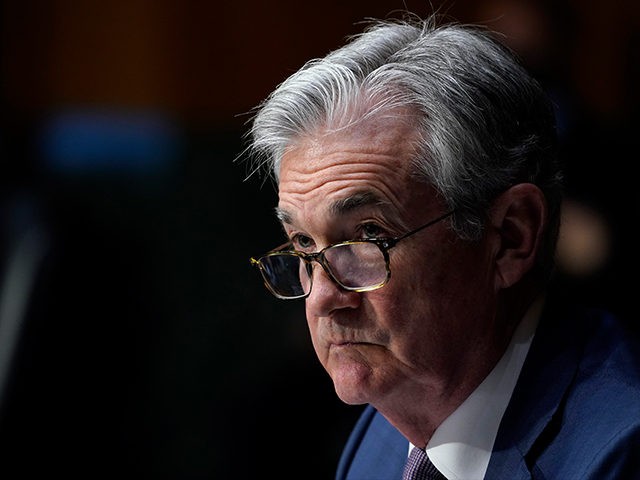The Federal Reserve on Wednesday raised its benchmark interest rate target by half a percentage point, the biggest increase since May 2000.
The Federal Open Market Committee, which sets interest rate policy, said its target rate for overnight interbank funding would rise from a range of 0.25 percent to 0.50 percent to a range of 0.75 percent to one percent. In addition, the Fed said it would raise the rate it pays on reserve balances to 0.9 percent.
The Fed also said it would begin reducing its holdings of Treasuries and mortgage bonds on June 1. The Fed said in a plan released along with its monetary policy statement that it will initially shrink its Treasury holdings by $30 billion a month and mortgage bonds by $17.5 billion. After three months at this pace, the run-off’s pace will double to $60 billion of Treasuries and $35 billion of mortgage bonds.
The Fed plans to reduce the size of its balance sheet by not replacing bonds as they mature, a process known as allowing the bonds to “roll off.” The Fed currently has a $9 trillion balance sheet thanks to the quantitative easing programs following the financial crisis of 2008 and the bond buying the Fed launched when the pandemic struck. Because the Fed plans to control the pace of the roll-off, rather than just allowing the balance sheet to shrink at whatever pace bonds expire, it will remain a buyer of bonds for the foreseeable future.
The hike in the target and the rate paid on reserves matched market expectations, as did the pace of balance sheet reduction.
The Fed’s statement announcing the interest rate hike stopped short of declaring that it would raise rates “expeditiously,” language many Fed watchers expected to see. Instead, the Fed merely noted that it “anticipates that ongoing increases in the target range will be appropriate.”
The Fed noted that economic activity “edged down in the first quarter,” a quite mild description of the unexpected 1.4 percent contraction. It said that inflation “remains elevated.” In addition, it noted that “household spending and business fixed investment remained strong.”
The Fed also noted economic strains created by Russia’s invasion of Ukraine and China’s lockdowns.
“The invasion of Ukraine by Russia is causing tremendous human and economic hardship. The implications for the U.S. economy are highly uncertain. The invasion and related events are creating additional upward pressure on inflation and are likely to weigh on economic activity. In addition, COVID-related lockdowns in China are likely to exacerbate supply chain disruptions. The Committee is highly attentive to inflation risks,” the Fed said.
Financial markets turned volatile after the announcement. The major stock indexes had been positive in the hours before the meeting but turned negative immediately afterward. Shortly afterward, however, they began to recover that lost ground. Stocks were up on Monday and Tuesday following the worst month for stocks in years.

COMMENTS
Please let us know if you're having issues with commenting.